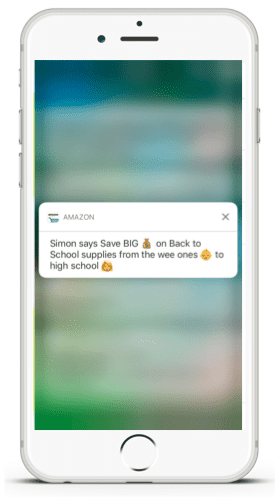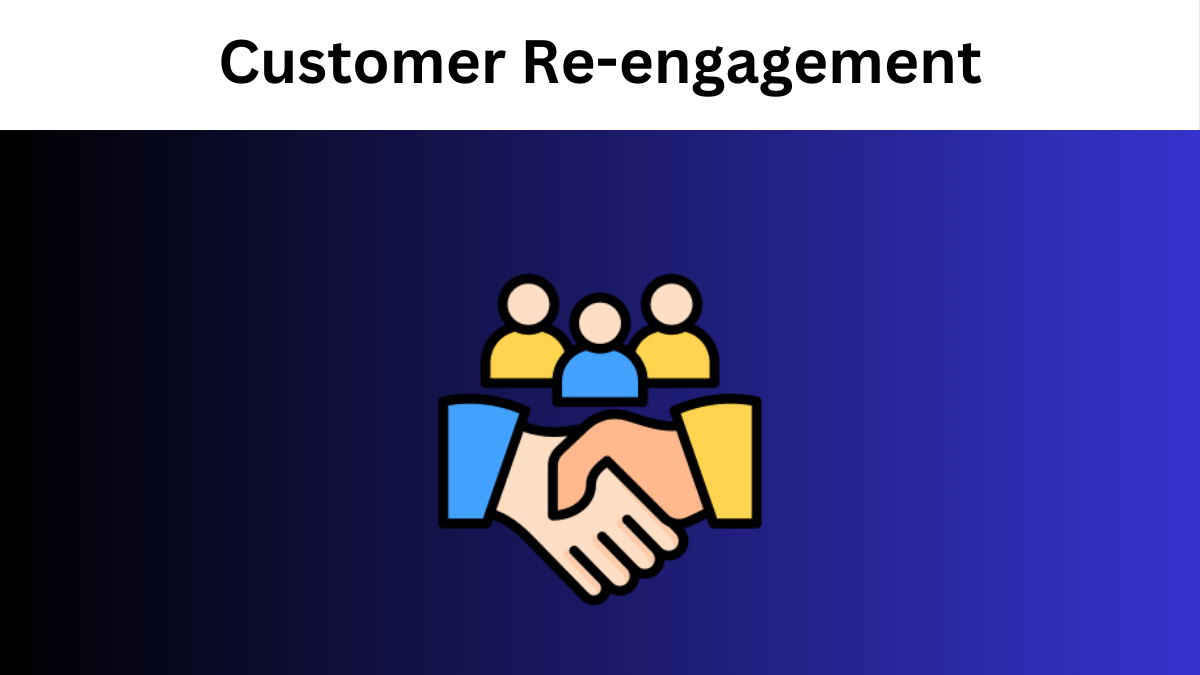Re-engagement notifications can be an effective strategy for bringing back inactive consumers and increasing customer retention rates.
Consider it a kind nudge to remind your customers that your brand exists. These messages, delivered via email or app, might revive interest in your products or services.
These aren’t your typical commercial texts, either. They are highly individualized and adapted to each customer’s specific tastes and past contacts with your company. They may feature special deals, notifications, or reminders about things remaining in their shopping cart.
When done correctly, re-engagement notifications can effectively rejuvenate your customer connections with the help of Conversation Intelligence, which analyzes past interactions to tailor messages that resonate deeply with each customer.
The Importance of Customer Re-engagement
Here are some reasons why customer Re-engagement should be your priority:
- Cost Efficiency: Retaining a customer’s typically cheaper than acquiring a new one. You’ll spend less on marketing efforts and still maintain a steady income.
- Business Growth: Repeat customers tend to buy more and more often than new customers, boosting your revenue.
- Brand Advocacy: Satisfied, loyal customers often refer others to your business, creating a powerful word-of-mouth marketing channel.
- Competitive Advantage: High customer retention rates make you more competitive, as it’s harder for rivals to poach your loyal customers.
Strategizing Your Re-engagement Efforts
Start by identifying who needs re-engagement. Not all inactive customers are lost, some may just need a nudge. Analyze your customers’ behavior and segment them accordingly.
Prioritize high-value customers and those on the verge of churn. Then, define your re-engagement goals. Are you aiming to increase sales, improve customer loyalty, or achieve both? Your strategy should be tailored to your objectives.
Plan your timing. Timing is everything in re-engagement. Find the best time to send notifications based on your customers’ activity patterns.
The Role of Push Notifications in Business Growth

Push notifications help reach more people by sending direct, engaging push messages through apps and browsers. With notifications, you can inform, engage, and entertain your audience, drawing their attention to your brand.
Automated messaging tools take this a step further, combining personalization and analytics to deliver tailored experiences. By using push notifications, you’re able to efficiently reach your audience, promote your products, and even share a laugh or two.
It’s a way of being there, right in their pocket, without being intrusive.
Best Practices for Customer Re-Engagement
Balance is key in re-engagement. You don’t want to overwhelm your customers with frequent notifications yet, they should be regular enough to keep your business on their radar.
Personalization and segmentation can drastically improve engagement. For instance, sending personalized messages based on a customer’s previous purchases or browsing behavior can make them feel valued and understood.
Also, segmenting your customers into groups based on their preferences and behaviors can help target your notifications more effectively.
Careful strategy and implementation are essential to avoid annoying your customers and instead, enhance their satisfaction and loyalty.
Crafting Effective Re-Engagement Notifications
You want your notifications to grab attention, spark interest, and drive action. Here are the key elements to consider:
- Personalization – Use the customer’s name and reference their past interactions. This will make the message more relevant and impactful.
- Clear and Direct Message – Keep the content concise and to the point. Make sure the purpose is crystal clear.
- Strong Call-to-Action (CTA) – Prompt the customer to take immediate action. Be creative and compelling.
- Value Proposition – Highlight the benefits of re-engaging. Show them what they’ve been missing out on.
Timing Your Notifications Right
The right timing can potentially maximize customer response rates.
Analyzing user data can help you understand when your customers will most likely engage with your content. Remember, timing isn’t just about the hour of the day; it’s also about the stage of the customer’s journey.
Sending a re-engagement notification too soon can seem pushy, but waiting too long might mean losing the customer’s interest. Strike a balance. Test different time frames and adjust accordingly.
The perfect time to send a notification is when your customer needs a gentle reminder of your business’s value. It’s all about being there when your customer needs you the most.
Personalization: Key to Successful Re-Engagement
Personalization can transform a generic notification into a meaningful nudge that resonates with customers. Here are some tips to personalize your re-engagement notifications:
- Tailor your message. Use the customer’s name or refer to their past purchases.
- Customize based on behavior. Acknowledge their browsing history or app usage patterns.
- Offer relevant incentives. Personalize offers based on their preferences or buying habits.
- Show appreciation. A simple thank you message or anniversary note can go a long way.
Measuring the Success of Re-Engagement Notifications
To truly understand if your re-engagement notifications are hitting the mark, it’s crucial to measure their success rate.
- Start by tracking the open rates and click-through rates of your notifications. High rates indicate that your message is resonating with your audience.
- Monitor conversion rates. Are these notifications driving desired actions like purchases or downloads?
- Measure customer retention rate. It’s a clear indicator of whether your re-engagement strategy is working or not.
Final Takeaway: Building Trust via Re-Engagement Notifications
Re-engagement notifications serve as reminders of your brand’s value, but they’re also opportunities to deepen relationships. Make your messages personal, relevant, and timely. This shows that you understand and respect your customers’ needs and time.
But remember, it’s not just about what you say; it’s also how often you say it. Don’t overwhelm customers with too many notifications. Instead, strive for a balance that keeps your brand top-of-mind without being intrusive.
Lastly, always respect your customers’ privacy. Offer easy opt-out options and ensure your notifications reflect your brand’s personality. Trust comes from consistency, respect, and genuine engagement.
FAQs
How can businesses create engagement with customers?
Businesses can create engagement by providing valuable content, personalized experiences, responsive customer service, and interactive social media activities.
What is the purpose of reengagement?
Reengagement aims to rekindle interest and activity from inactive customers, maintaining their loyalty and driving continued sales.
How to reengage a customer?
To reengage a customer, businesses can send personalized emails, offer special promotions or discounts, seek feedback, and reintroduce relevant product or service updates.

